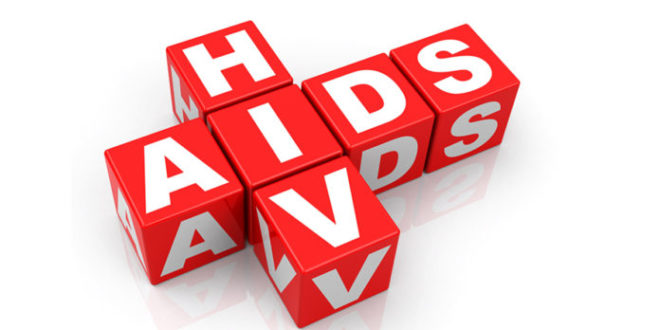HIV is an infection that weakens the immune system of its hosts. The final stage of immunodeficiency sickness is known as acquired immune deficiency syndrome (AIDS).
HIV attacks the body’s immune system by destroying white blood cells. Diseases including tuberculosis, infections, and various forms of cancer are facilitated by this.
According to healthline Blood, breast milk, sperm, and vaginal secretions can all transmit HIV from an infected individual to a healthy one. No physical contact, such as kissing, hugging, or sharing food, is necessary for transmission. Transmission from mother to child is also possible.
People who fear they have been infected with the virus are naturally curious about how long it takes for the infection to show up in blood testing.
In keeping with a CDC release, this piece will examine the time it takes for HIV to be identified in a person’s blood. Don’t stop reading and learning new things!
How Long Do Blood Tests Have to Wait Before HIV Can Be Detected?
Antigen/antibody lab tests are one of the most popular ways to determine whether or not someone has HIV, as they can show whether or not the body has begun manufacturing the antibodies that fight against HIV. This is a common sign of having the virus, and the test can pick up the virus in the blood anywhere from 18 to 45 days after infection.
The nucleic acid test, also known as NAT, can detect the virus in the blood between 10 to 33 days after exposure. If you get tested for the virus three months after exposure and still come up negative, there’s a good likelihood you don’t have it as long as you don’t become exposed to it again. If you are concerned about your health, regardless of whether or not you are experiencing symptoms, you should know and take this information very seriously.
 Home Of Ghana News Ghana News, Entertainment And More
Home Of Ghana News Ghana News, Entertainment And More





